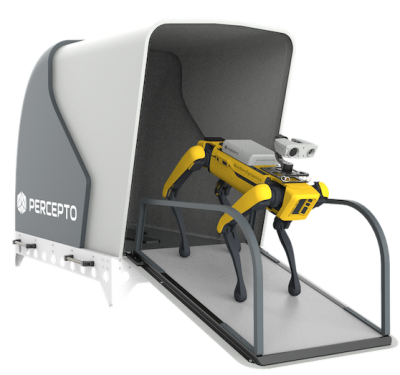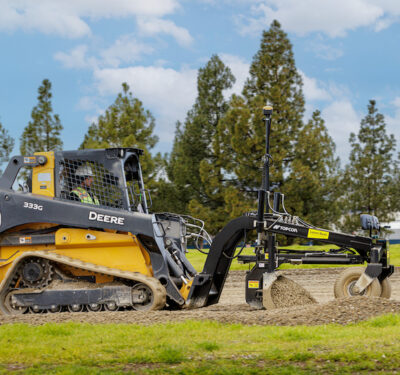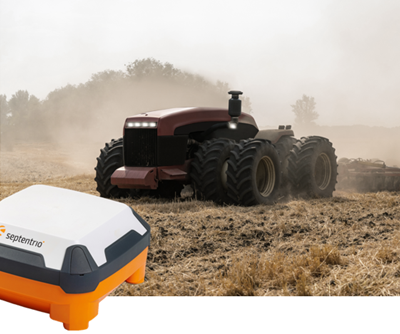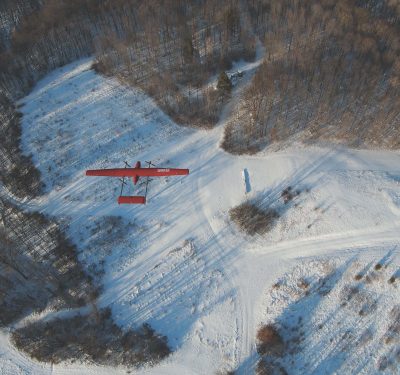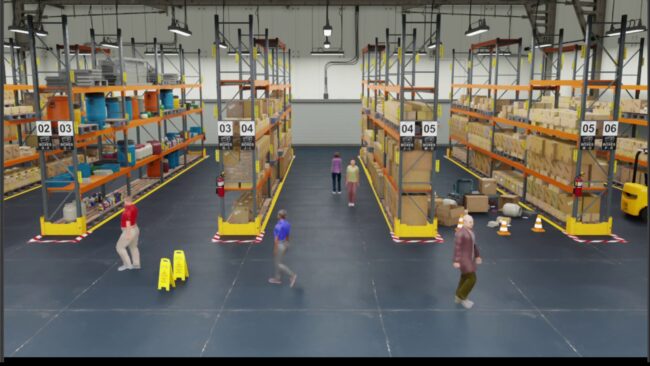
NVIDIA announced a host of software improvements on the eve of CES 2023, including major updates to Isaac Sim, its robotics simulation tool that allows users to build and test virtual robots in realistic environments and operating scenarios.
Isaac is “our end-to-end platform for developing and deploying robots,” said Gerard Andrews, a product manager on the company’s robotics team, in a news briefing before the announcement.
Isaac is built on NVIDIA’s AI technology and the Omniverse, its tool to build Metaverse applications, Andrews said. Isaac Sim is the simulation tool, “which we believe is one of the most critical components of how robots will be built, deployed, trained and tested.”
Deepu Talla, the company’s vice president of embedded edge and edge computing, made the official announcement in a streamed presentation on Jan. 3. “Our partners are using Isaac Sim to create a digital twin” of their robots and workplaces, and it’s now available in the cloud, “any cloud, your choice.”
The software not only lets users determine what types of robots they need, but how many, and aids in designing the best workplace environment for them.
Users of the system include more than 1,000 organizations, include Telexistence, which builds beverage restocking robots in Japan; Sarcos, which is developing robots to pick and place solar panels in renewable energy installations; Festo, which uses it to simplify programming for co-worker robots and then transfer the simulated skills to physical robots; among several others.
Germany’s Deutsche Bahn railway is using the software to train AI models to deal with issues such as luggage falling onto train tracks.
“There’s something for everyone in the new Isaac Sim,” Talla said.
Isaac Sim is now integrated with NVIDIA’s cOpt route optimization tool, which allows operators to optimize robot routes in simulation, either to improve their work in existing facilities or design new facilities to be more efficient.
The new software also allows human characters to be added to a simulated warehouse or manufacturing facility, where they can perform tasks like pushing carts or stacking boxes. Many of the behaviors are built into the software and can be added with a simple command, NVIDIA said. Existing robot designs and popular components can be quickly added as well.
“It’s a really powerful tool as humans and robots work closer and closer together, which we believe is the future of automation,” Andrews said.


